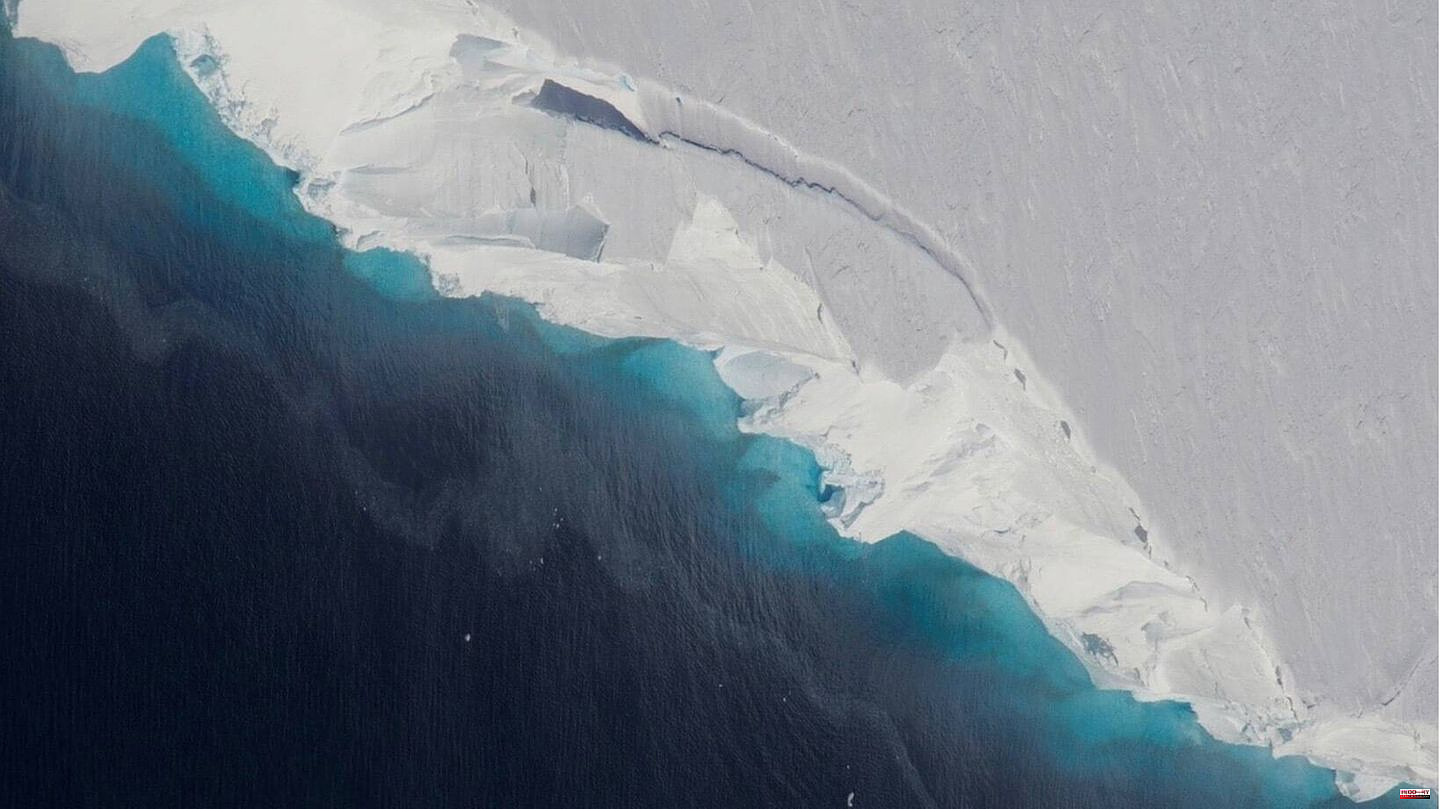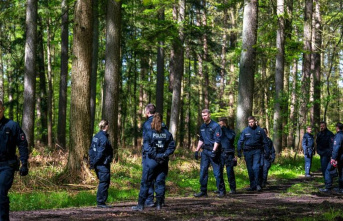Thwaites Glacier in Antarctica is also known by the less than creditable nickname "Doomsday Glacier". The background: If the glacier, which is about twice the size of Austria, melts, this could cause a significant rise in sea water levels and pose a threat to various coastal regions.
As a research team shows in a study published in the journal "Nature Geoscience" on Monday, the glacier could decrease sharply in the coming years and in spurts recede faster than previously assumed. It is therefore melting at its underwater edge due to global warming. Should the glacier detach from the sea floor, it could accelerate its decline. This has happened at its base at some point in the past two centuries: "Thwaites Glacier is now holding on by its fingernails," one of the authors is quoted as saying by CNN.
The surface changes at Thwaites Glacier can be seen on satellite images. Below are two images of Thwaites Glacier released by Nasa's Earth Observation program. The image to the left of the red slider is from December 2001, the one to the right is from December 2019.
Move the slider to see the differences.
Thwaites Glacier in western Antarctica is one of the largest in the world and has fascinated scientists for decades. Researchers studied the risk of collapse as early as the 1970s. Almost a decade later, they found that because the glacier is located on the sea floor, not on land, warm ocean currents favor melt from below. The region is under close scrutiny because of the dangers that melting polar ice poses for the coastal regions.
The Swiss glaciologist Daniel Farinotti also sees the melting of the ice in the Arctic and Antarctic regions as a very big problem: "If huge areas of ice melt here, it will affect the sea level and this in turn will affect the living space of millions of people worldwide. That is definitely a problem, that worries," he said to the star. According to Farinotti, glaciers are not doing well around the world. It has to do with the changing climate. Read the entire interview here.
Sources: CNN, Nasa, "Nature Geoscience"
In the gallery: the pictures of the day tell big and small stories from all over the world












